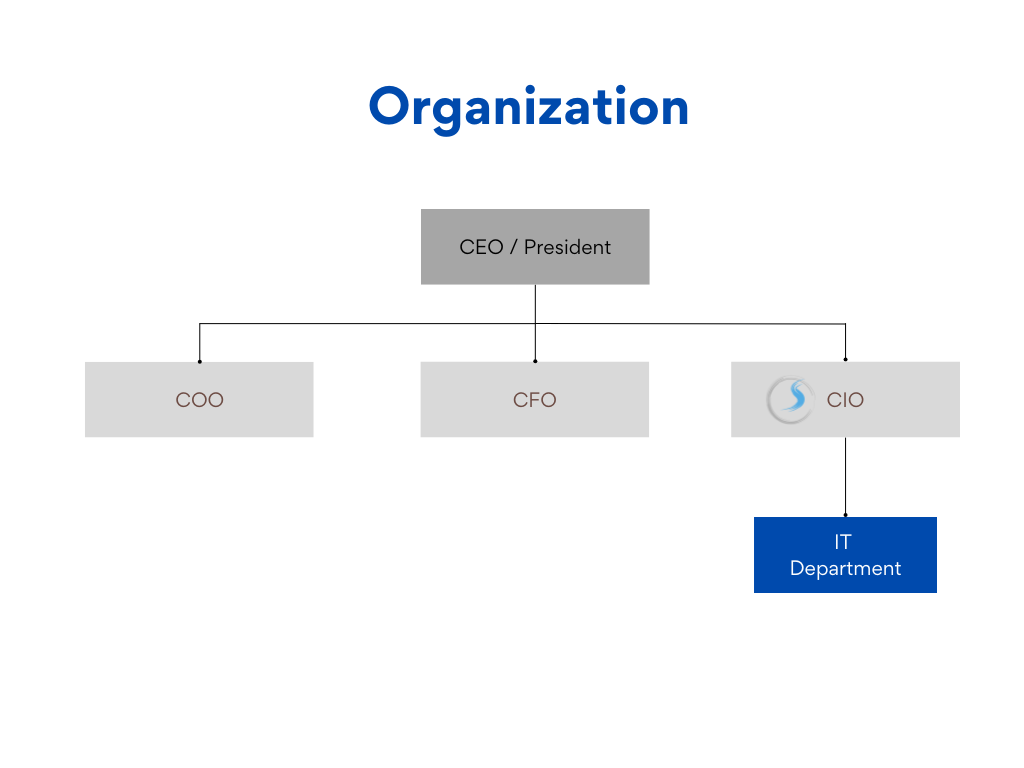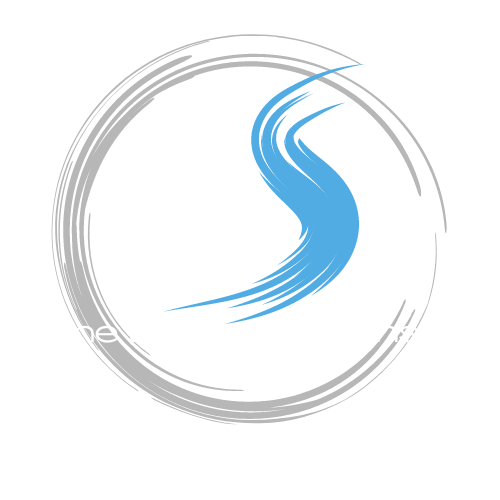Solutions
Below are a few examples of solutions that Stone Brook Solutions can provide to your organization.
Growing Pains

Introduction: Rapid Growth
As your business grows, your executive team takes on more responsibilities—often stretching beyond their core expertise.
Inevitably, IT leadership frequently falls under the CFO or COO, but neither typically has the time or technical depth to manage IT effectively.
Results:
- Project over runs
- Budget over runs
- Disgruntled employees
Solution: Fractional CIO
A Fractional CIO fills this critical gap. You gain seasoned, executive-level IT leadership at a fraction of the cost of a full-time hire. This role brings strategic direction, governance, and oversight to your IT function—ensuring your technology supports growth, reduces risk, and drives competitive advantage.
In today’s digital landscape, IT is too important to be an afterthought. With a Fractional CIO, you stop reacting to tech problems and start leading with a proactive, business-aligned IT strategy.
Results:
- IT aligned with business objectives
- Business visibility into IT function
- IT budget managed
- IT timelines managed
- IT Return On Investment

Cutting Cost
Introduction: Legacy Systems and Their Impact


Solution: Modernizing IT Resources to the Cloud
Benefits: Efficiency Gains, Shared Security Models, Interoperability in a Connected Economy
- Reduced Operational Costs: Cloud systems require less maintenance, leading to significant cost savings. Organizations can scale resources based on demand, ensuring they only pay for what they use.
- Improved Performance: Cloud infrastructure offers better performance and reliability, resulting in faster processing times and enhanced productivity.
- Enhanced Security: Cloud providers invest heavily in security measures, ensuring compliance with the latest standards. This shared security model means organizations benefit from state-of-the-art security without heavy investment.
- Regular Updates and Patches: Cloud providers regularly update their systems to address vulnerabilities, ensuring protection against the latest threats.
- Seamless Integration: Cloud systems integrate easily with modern technologies, allowing organizations to leverage new tools and services.
- Collaboration and Connectivity: Cloud systems facilitate real-time collaboration and data sharing, enabling efficient and effective work.


